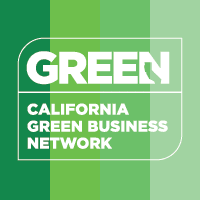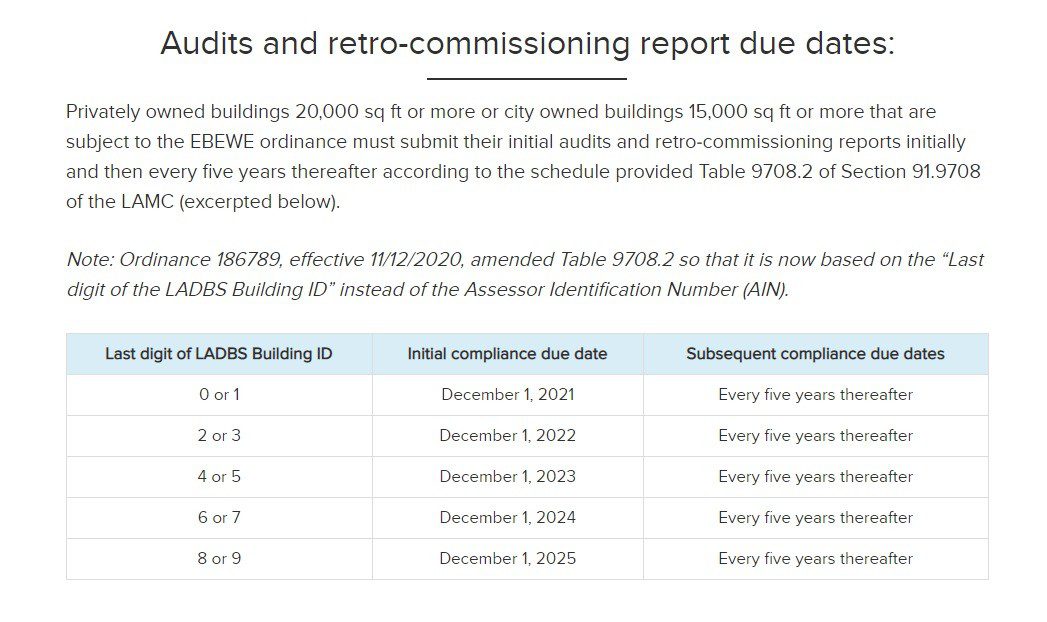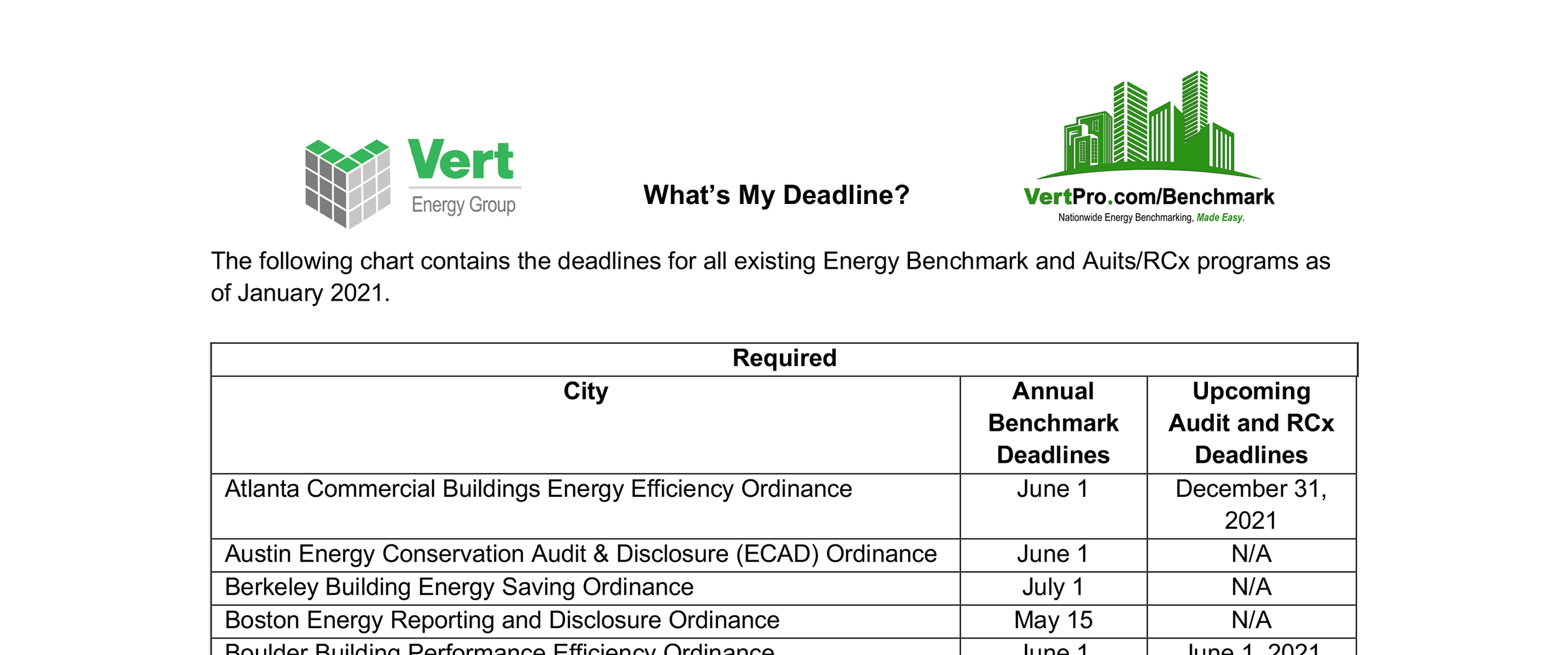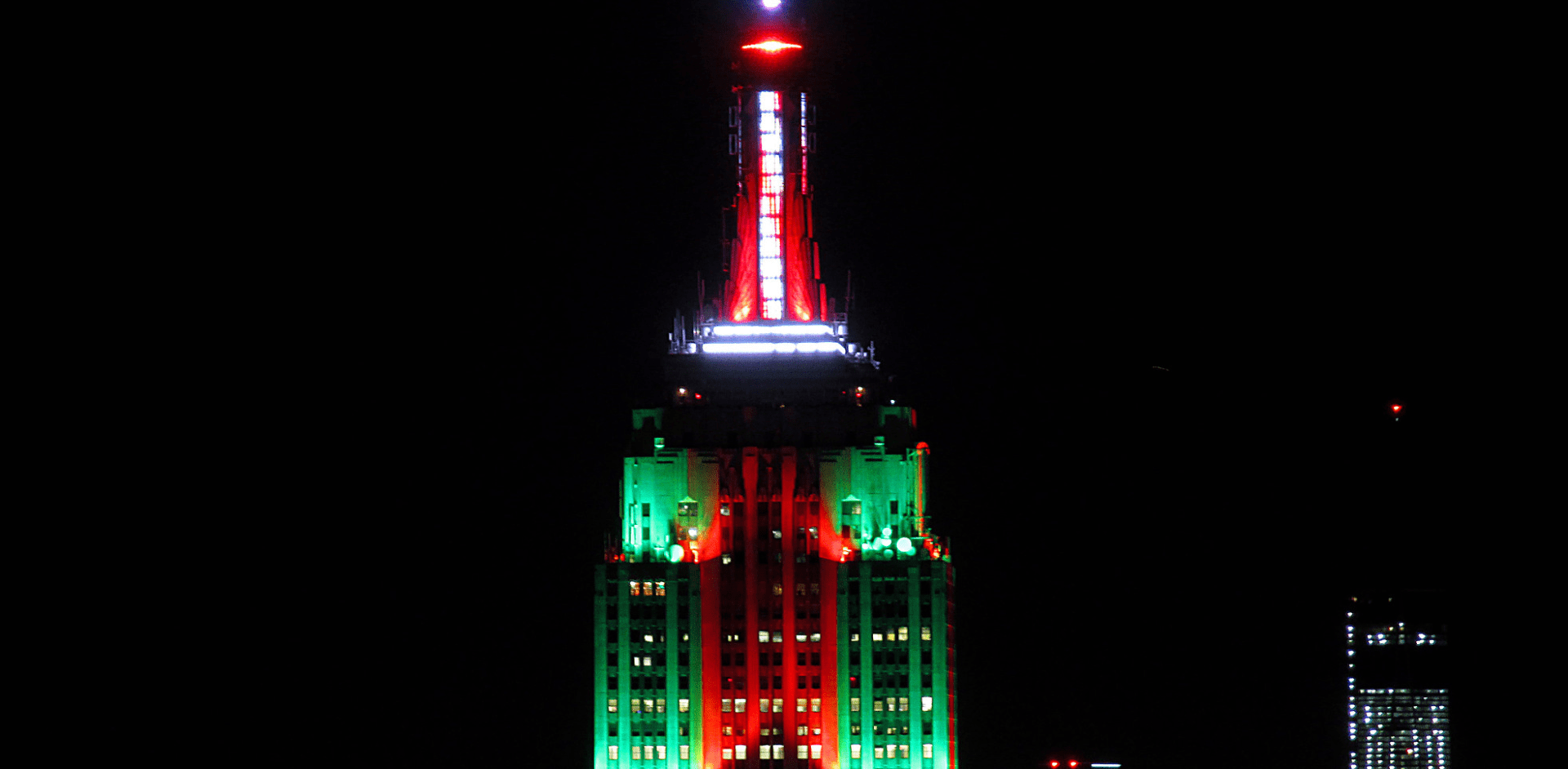April 22nd – the lesser known holiday of April a.k.a. Earth Day! With April Fools being so widely known and celebrated, Earth Day often gets overlooked. At Vert Energy Group, we wanted to shine some much needed light on this under-appreciated holiday with some fun energy tips.
Energy Tips for Your Home or Business
“The Earth is what we all have in common.”
– Wendell Berry
Often times people are hesitant to make energy changes to their properties because the cost of a project can be daunting. While switching to more energy efficient options can be costly upfront, the savings in the long run will be worth it. Solar energy is a key example. Lauren Schwahn from the nerdwallet estimates that an average solar installation for a residential property of 5,000 sq.ft. can cost anywhere from $15,000-25,000. EnergySage.com estimates that California homes alone can see roughly $40,000 saved in 20-years by making the solar switch. While it doesn’t seem like much money saved now, the pay-off will be worth it. While it doesn’t seem like much money saved now, the pay-off will be worth it.
Saving energy doesn’t have to be expensive though – there are changes you can make without breaking the bank. Switching to LED lights or installing a smart thermostat are two ways you can save energy in your home or business. With a smart thermostat, you can set up the Eco and Vacation options to help manage your settings so that the system can track when it needs to be activated. LEDs alone use 75% less energy and last up to 100,000 hours longer compared to their standard counterparts.
If you’re looking for immediate action, start with your water usage. We’ve all heard the “take a shorter shower” tip to save money, but did you know you can maximize that benefit? Green Business found that using a shower head with a 1.5 gallon/minute flow alone can save 30-50% in water usage. Combine that with taking shorter showers – between 5-10 minutes – and one person alone can save approximately 2,000 gallons of water each year per HGTV’s calculations. Another study conducted by Green Business found that even lowering the temperature of your water heater by 10 degrees can save you 3-5% on your energy bill. Just think of all the money you can save if you implement the three water tips!
Research has shown that if properly harnessed, the amount of energy generated by the sun in a single hour could provide a year’s worth of energy for the entire world.
www.terrapass.com Tweet
Renewable Energy Spotlight
Countries worldwide are starting to implement renewable energy plans to lead the world into a low-carbon future. In a 2019 article by the Climate Council, that has since been updated, 11 countries have either implemented or set renewable energy goals. One country that we would like to give notable recognition to for their efforts is Costa Rica.
In data obtained from Costa Rica’s National Center for Energy Control in 2019, Alejandro Zúñiga from The Tico Times found that the country has been running on more than 98% renewable energy with 67.5% of that energy coming from hydropower alone. With an already monumental accomplishment under their belt, Costa Rica doesn’t show plans of stopping. Just last month, Miles Rote reported that the country is building additional geothermal power and hydroelectric plants. Costa Rica is launching all these plans on top of their goal to become completely carbon neutral by 2050. As the first country to be able to last 299 consecutive days on renewable energy, who’s to say they won’t also be the first to achieve carbon neutrality?
Helpful Resources
To learn more about what the world is doing to collectively work towards a renewable energy feature, tune into the live event hosted by EarthDay.Org on Earth Day, April 22nd.
The live virtual event will begin at 12pm EST/11am CST/9am PST and will include workshops, panels, and performances.
Joining the event is as simple as clicking here. Let’s all work towards a world we’re proud to call home.
Thinking About Implenting One of Our Tips?
We can help you! Just click over to VertPro® to get submit an energy project under our VertPro Upgrade feature. To speak to a representative, you can email us at upgrades@vertpro.com or call 800-585-2690.
Try to leave the Earth a better place than when you arrived.” – Sidney Sheldon
 April 2021 Announcement
April 2021 Announcement
Just in time for Earth Day…
Vert Energy Group is now certified as a Green Business by the City of Irvine Green Business Program. This recognition signifies that we are conducting our business using strategies aimed at improving employee wellness and productivity, energy savings, water efficiency, resource stewardship and reducing CO2 emissions.
 Search by Zip to Find Applicable Energy Laws
Search by Zip to Find Applicable Energy Laws
There are over 30 cities/states with Energy Benchmark requirements – 16 have Energy Audit requirements as well! Use this free tool to check if your building has an upcoming Energy Benchmark or Energy Audit deadline.
FIND OUT HERE »






